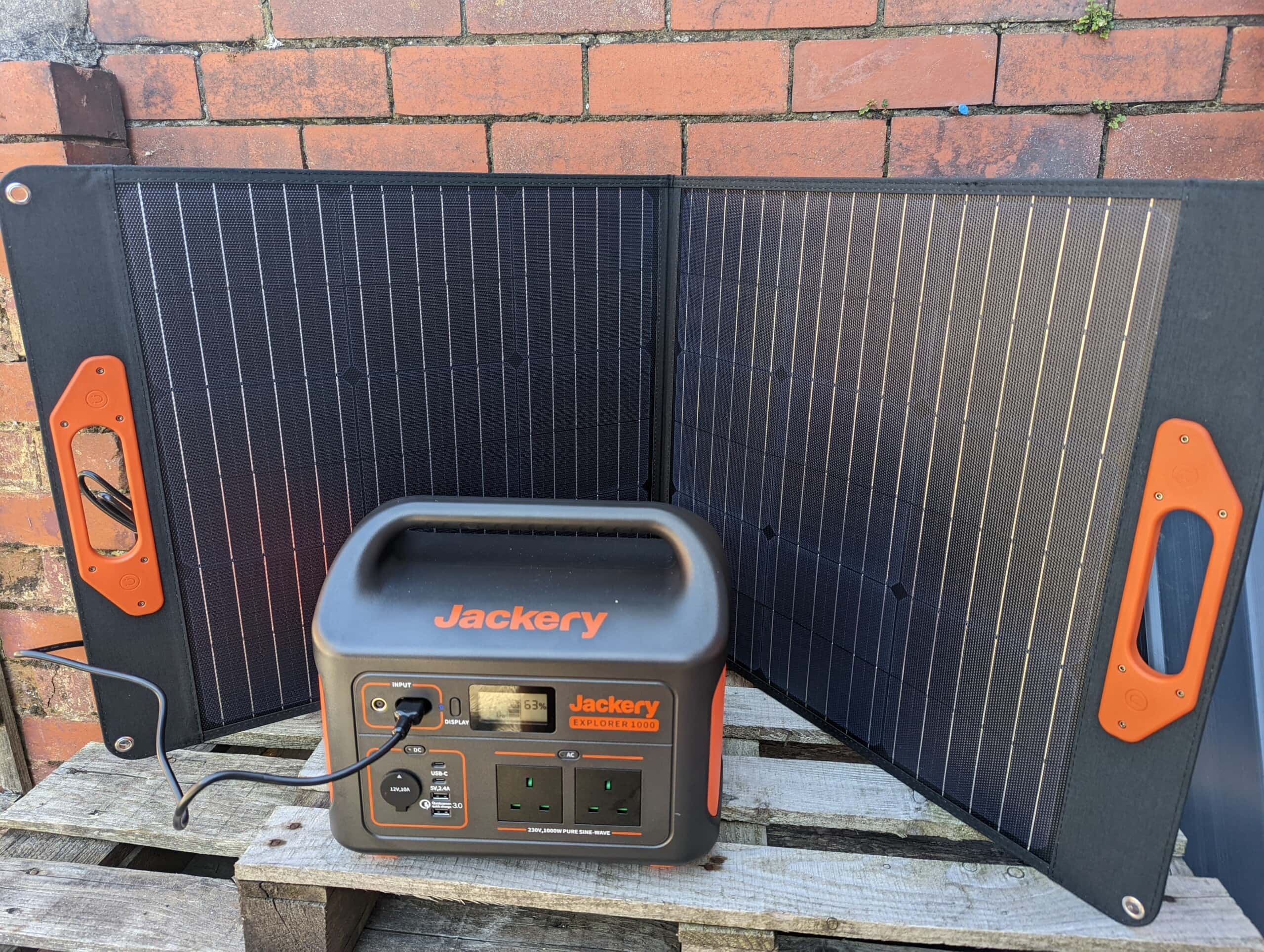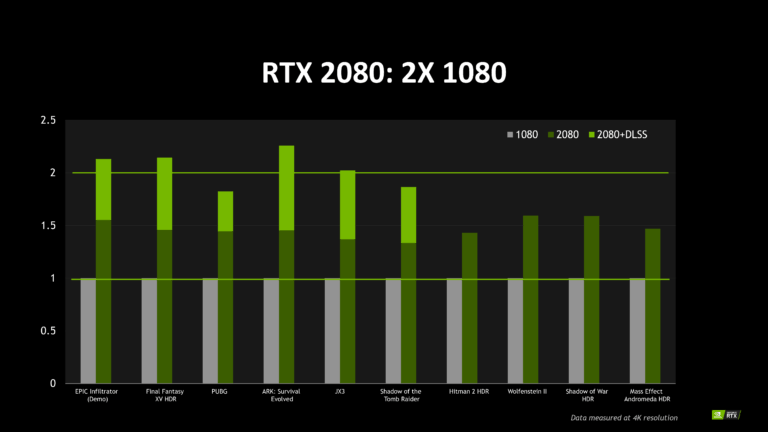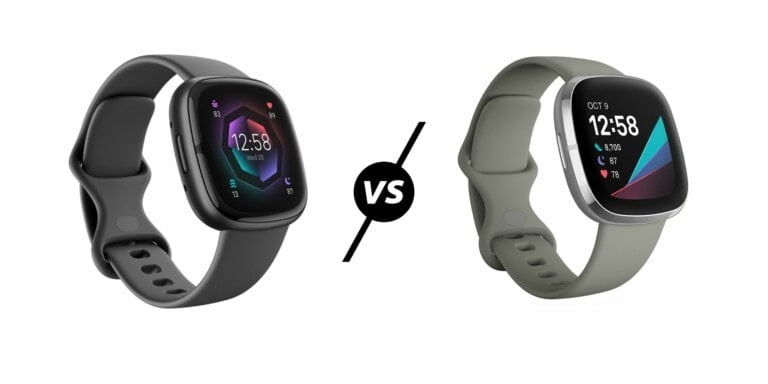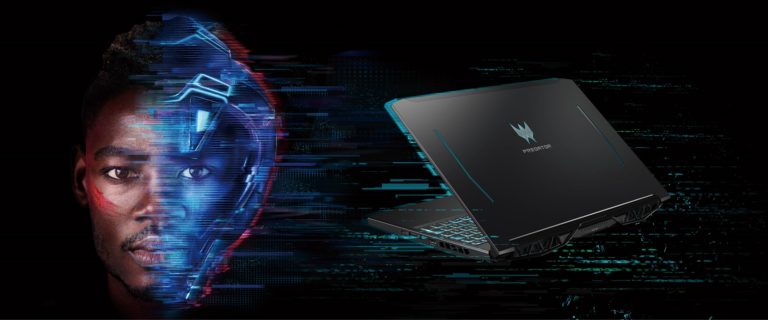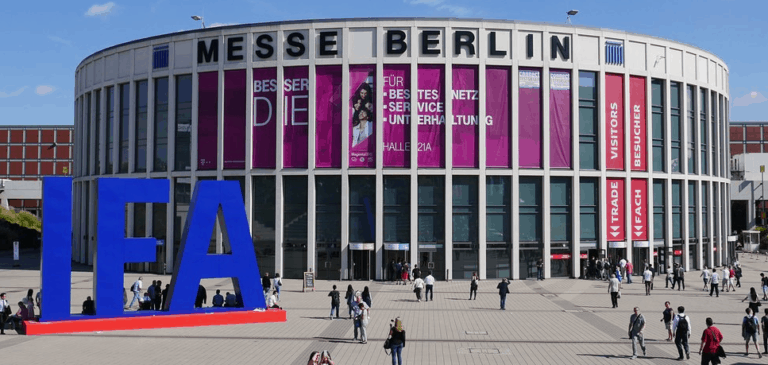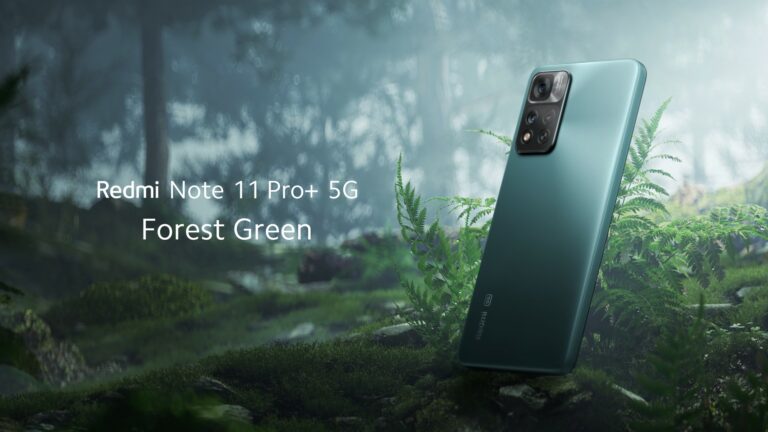Any links to online stores should be assumed to be affiliates. The company or PR agency provides all or most review samples. They have no control over my content, and I provide my honest opinion.
I have reviewed a few solar panels now, with two recent reviews being the EcoFlow 100W flexible solar panel and the Allpowers 100W foldable solar panel.
Solar panels work using photovoltaic cells made of silicon, much like most consumer electronics we use. With solar panels, there are generally two types of photovoltaic solar cells that are used, polycrystalline, which the Allpowers panel was made with, and monocrystalline, which the EcoFlow panel used.
For the smaller solar panels, I have been reviewing (rather than the large panels you fit to your home), when you look at product listings, it can be difficult to work out if there is a difference. Most brands make similar claims of efficiency, going from 22% to 25%, and they tend to weigh around the same.
In general, Monocrystalline is regarded as the superior manufacturing process, but on small low-output panels, I am not sure if there would be a significant difference, especially if you look at the cost-to-performance ratio.
Polycrystalline Solar Panels
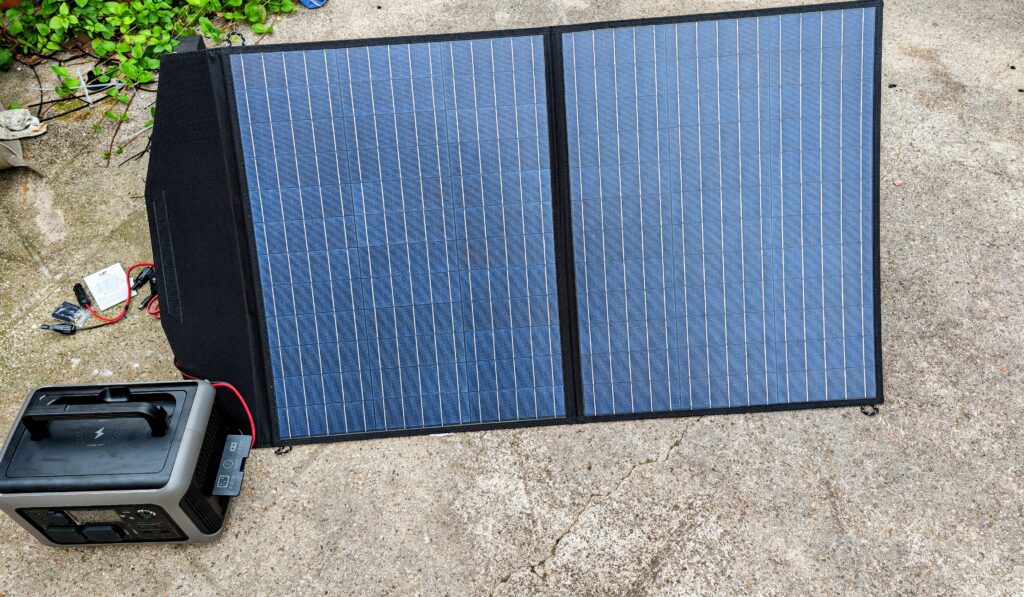
| Preview | Product | Rating | Price | |
|---|---|---|---|---|

| ALLPOWERS 140W Foldable Solar Panel,Portable Solar... |
£189.99 | Buy on Amazon | |

| ALLPOWERS SP033 200W Portable Solar Panel for S2000 PRO R600... |
£299.99 | Buy on Amazon | |

| ALLPOWERS SP027 100W Portable Solar Panel Solar Charger for... |
£129.99 | Buy on Amazon |
Monocrystalline Solar Panels
Monocrystalline Solar Panels
Polycrystalline vs Monocrystalline Feature Comparison
| Monocrystalline Solar Panels | Polycrystalline Solar Panels | |
|---|---|---|
| Efficiency | 15-22% | 13—16% |
| Portability | Foldable. Comes with a carry case. | Rigid, bulky |
| Price | Higher | Lower |
| Lifespan | Minimum 25 Years | Up to 25 Years |
| Durability | Waterproof, durable, and slightly flexible. | Tough, rigid. |
| Aesthetics | Black, minimalistic | Blue, non-uniform |
| Temperature Coefficient | -0.3% / c to -0.5% / c (High) | -0.3% / c to -1% / c (Low) |
This table is based on information provided by EcoFlow, so it may be biased as they use monocrystalline, however, it seems accurate based on what I know.
Polycrystalline vs Monocrystalline Solar Panels Differences

Here are the main differences between the two:
- Manufacturing Process and Appearance:
- Monocrystalline panels are made from a single, pure silicon crystal. These panels are easily recognized by their dark black color and rounded edges.
- Polycrystalline panels are made by melting multiple silicon fragments together. These panels have a bluish hue due to the way light interacts with the different silicon crystals, and they have a somewhat grainy appearance.
- Efficiency:
- Monocrystalline panels generally have a higher efficiency than polycrystalline panels because they are made of a single, pure silicon crystal. This allows for a more direct path for the electrons, leading to higher efficiency rates, typically ranging from 15% to 20%.
- Polycrystalline panels tend to have slightly lower efficiencies, generally between 13% to 16%. The boundaries between the multiple silicon fragments can impede the flow of electrons, which reduces efficiency.
- The efficiency numbers stated on products are much higher, some of this will be misleading marketing practices. But, companies do appear to be improving their efficiency over time. As of 2021, polycrystalline panels have typical efficiencies below 20%, while the best monocrystalline panels are approaching 23%.
- Cost:
- Monocrystalline panels tend to be more expensive due to the higher purity silicon used and the more intricate manufacturing process.
- Polycrystalline panels are generally less expensive as the manufacturing process is simpler and uses less energy.
- Space Efficiency:
- Monocrystalline panels are more space-efficient due to their higher energy conversion rates. This means that if you have limited roof space, you might get more power with monocrystalline panels.
- Polycrystalline panels would require more space to produce the same amount of power as a monocrystalline panel.
- Temperature Coefficient:
- Both types of panels see a decrease in output efficiency as temperatures rise, but polycrystalline may have a slightly worse temperature coefficient compared to monocrystalline panels. This means the output of polycrystalline panels might decrease more rapidly with increasing temperatures compared to monocrystalline panels.
- Longevity and Warranty:
- Both types of panels have a long lifespan. For home solar panels, the monocrystalline design typically has 25-40 years lifespan vs 20-35 years for polycrystalline. This will clearly be beneficial for large systems fitted to your roof, but its less of a problem for small portable panels.
- The performance and degradation rates over time are generally similar for both types, although individual panel quality and the manufacturer can affect this.
Overall
The monocrystalline photovoltaic solar cell structure is objectively better than polycrystalline and that’s why you will find the big brand names like Jackery and EcoFlow using them.
However, from my testing, it isn’t quite as simple as that when you buy portable foldable solar panels. I found that the Jackery SolarSaga 100 performed the best out of the foldable panels I tested. I tested the Jackery concurrently with the Oystade and Mobisolar monocrystalline panels, but the Oystade achieved almost a 25% lower output than the Jackery, even when I switched the panels into an identical spot on my garage roof.
I then found that the polycrystalline Allpowers performed a little bit better than the Oystade, but not as good as the Jackery.
While 25% is a big difference between the Jackery and Oystade/Mobisolar, that’s only a 20W difference at the peak output, yet the Jackery is £100 more. So, you need to weigh up the cost to benefit-cost ratio for your particular needs.
It also seems like the vast majority or portable solar panels use the monocrystalline design. I would guess the smaller panel size makes it cost-efficient to produce the monocrystalline design. It is the larger home panels where you see many more polycrystalline options.
I am James, a UK-based tech enthusiast and the Editor and Owner of Mighty Gadget, which I’ve proudly run since 2007. Passionate about all things technology, my expertise spans from computers and networking to mobile, wearables, and smart home devices.
As a fitness fanatic who loves running and cycling, I also have a keen interest in fitness-related technology, and I take every opportunity to cover this niche on my blog. My diverse interests allow me to bring a unique perspective to tech blogging, merging lifestyle, fitness, and the latest tech trends.
In my academic pursuits, I earned a BSc in Information Systems Design from UCLAN, before advancing my learning with a Master’s Degree in Computing. This advanced study also included Cisco CCNA accreditation, further demonstrating my commitment to understanding and staying ahead of the technology curve.
I’m proud to share that Vuelio has consistently ranked Mighty Gadget as one of the top technology blogs in the UK. With my dedication to technology and drive to share my insights, I aim to continue providing my readers with engaging and informative content.
Last update on 2025-07-13 / Affiliate links / Images from Amazon Product Advertising API

